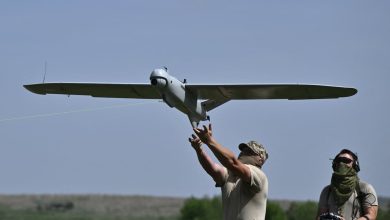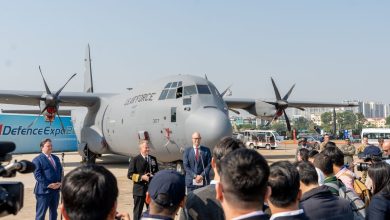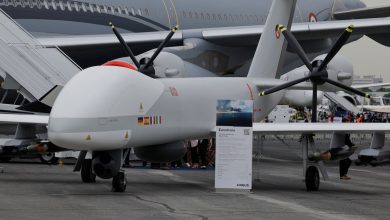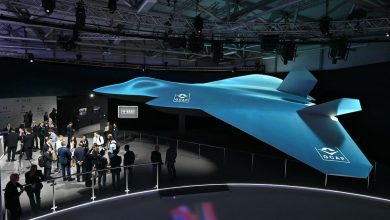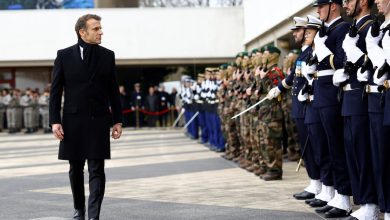US approves sale of four E-7 early-warning planes to South Korea
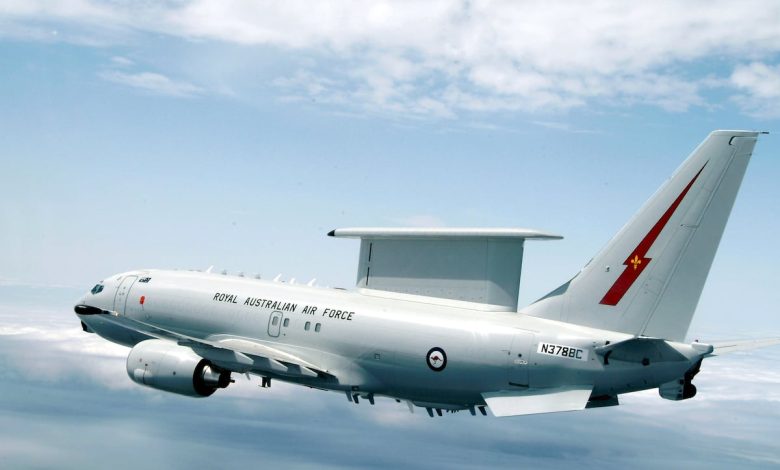
South Korea is cleared to buy four Boeing-made E-7 airborne early warning and control aircraft, often referred to as the Wedgetail, for nearly $5 billion under a foreign military sale the State Department approved Monday.
The purchase would also include 10 CFM56 jet engines — eight installed on the Wedgetails and two more spares — countermeasures and missile warning systems to help defend the aircraft, GPS navigation systems, transponders, and radio systems.
The E-7 provides airborne battle management and intelligence, surveillance and reconnaissance capabilities, allowing operators to scan battlefields and track movements of friends, foes, and civilians. The Australian air force already flies the Wedgetail, and the U.S. Air Force wants to buy up to 26 of them to replace its aging E-3 Sentry AWACS fleet.
State said selling the Wedgetails to South Korea would improve the major ally’s security, and support the United States’ foreign policy goals and national security objectives. The Wedgetails would improve South Korea’s intelligence, surveillance and reconnaissance and airborne early warning and control capabilities, and improve how the South Korean air force interacts with the U.S. military.
Officials wrote that South Korea “will have no difficulty” folding the Wedgetails into its fleet, and that the $4.92 billion sale would not alter the basic military balance in the region, verbiage commonly found in similar congressional notifications of proposed weapon sales.
Unlike the E-3′s rotating “radome,” which takes a full 10 seconds to complete a rotation and refresh its view of the battlefield, the E-7′s advanced Northrop Grumman-made sensor will be able to fix its gaze on one or several targets and refresh its view rapidly.
Boeing officials told reporters in 2023 that “ability to stare” allows E-7 operators to have a continually updating picture of how targets are moving. That becomes particularly important when tracking high-speed or supersonic aircraft, which can move a mile or two in the time it takes an E-3 sensor to fully rotate.
E-7s are built from modified 737-700 airframes, which are first made by Spirit AeroSystems in Wichita, Kansas. Boeing takes the 737 tube to its facility in Renton, Washington, where it strengthens the infrastructure to bear the weight of its multirole electronically scanned array, or MESA. Boeing also adds stronger landing gear and wings with greater lift capability.
Stephen Losey is the air warfare reporter for Defense News. He previously covered leadership and personnel issues at Air Force Times, and the Pentagon, special operations and air warfare at Military.com. He has traveled to the Middle East to cover U.S. Air Force operations.
Read the full article here

